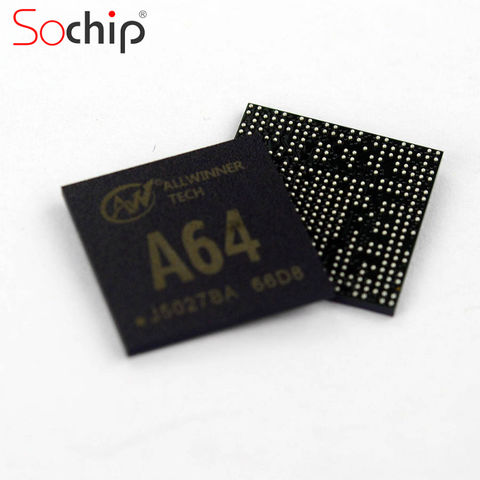
PINE64 claims that it is “the most popular and successful board we’ve created” and the final product announced at FOSDEM this year was an updated version, Revision 3, of the board.

The original Rock64 board was released around the same time as the original 11-inch Pinebook back in 2017, and was built around the then new Rockchip RK3328 chip - a 64-bit Quad-Core Arm Cortex A53. Which sort of hints that, like the previous Pinebook, the internals are all 5V The PinePhone Development Kit
It also comes with an Audio aux out port which in doubles as a UART serial port in the same fashion as it did with the original Pinebook.Ĭharging the 10,000mAh battery is via barrel jack, or interestingly USB-C. The Pinebook Pro also has an SD card slot, something that’s achingly missing from more modern MacBooks, a 2 mega pixel front-facing camera, 802.11ac WiFi and Bluetooth 4.2 support, both USB 2.0 and 3.0 ports, digital video output via USB-C up to 4K60hz, and 4 × PCIe slots that can take a m.2 NVMe SSD using an optional adapter. All wrapped inside a magnesium alloy case that’s curiously reminiscent of the externals of the early MacBooks. The laptop has an IPS 1080p 14-inch LCD panel, 4G of LPDDR4 RAM, and 64 or 128GB of eMMC storage onboard.

Like the RockPro64 board they released last year, the new Pinebook Pro is powered by a Rockchip RK3399, a hexa-core SoC consisting of a dual-core Arm Cortex-A72 alongside a quad-core Arm Cortex-A53.


 0 kommentar(er)
0 kommentar(er)
